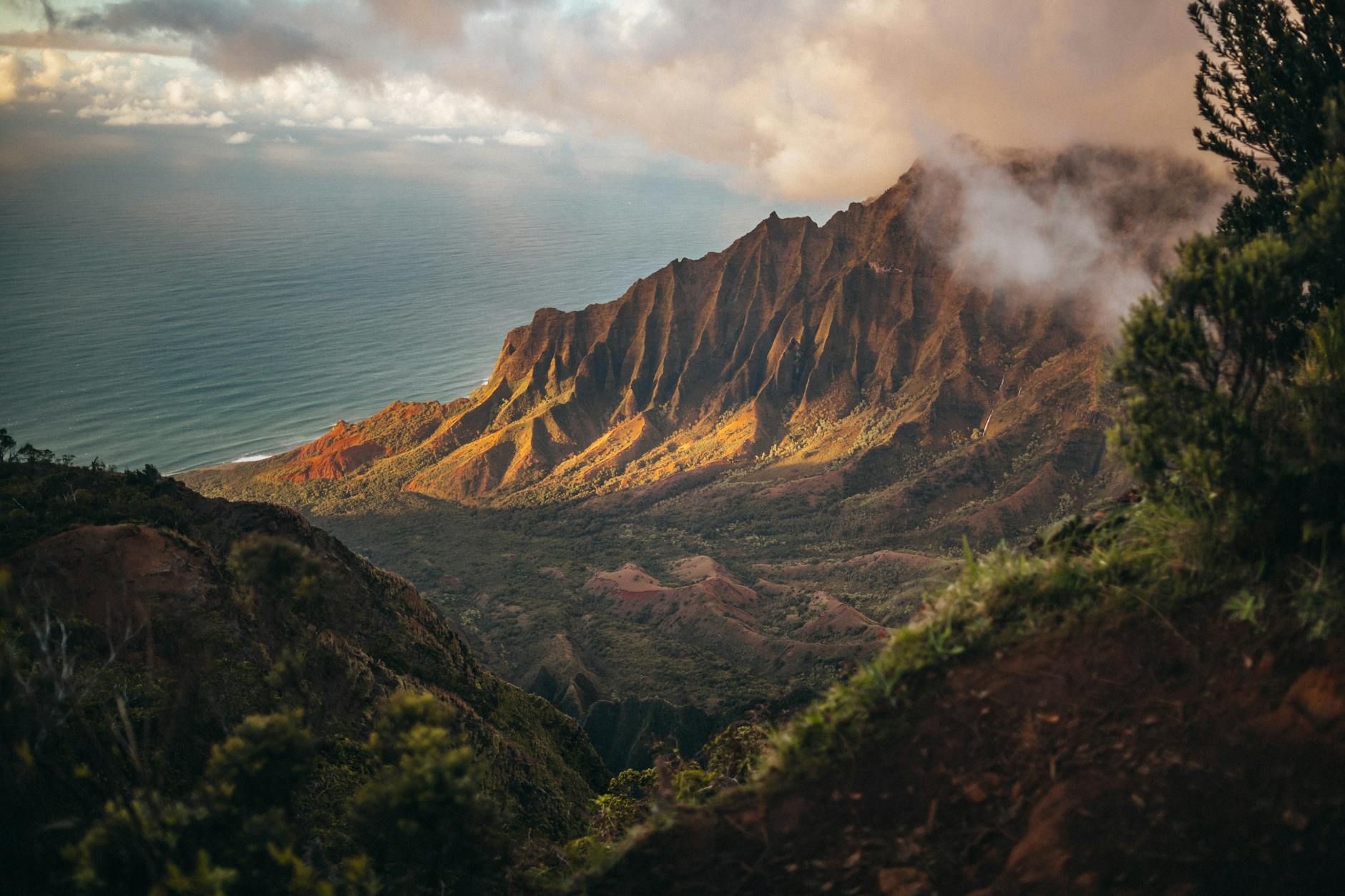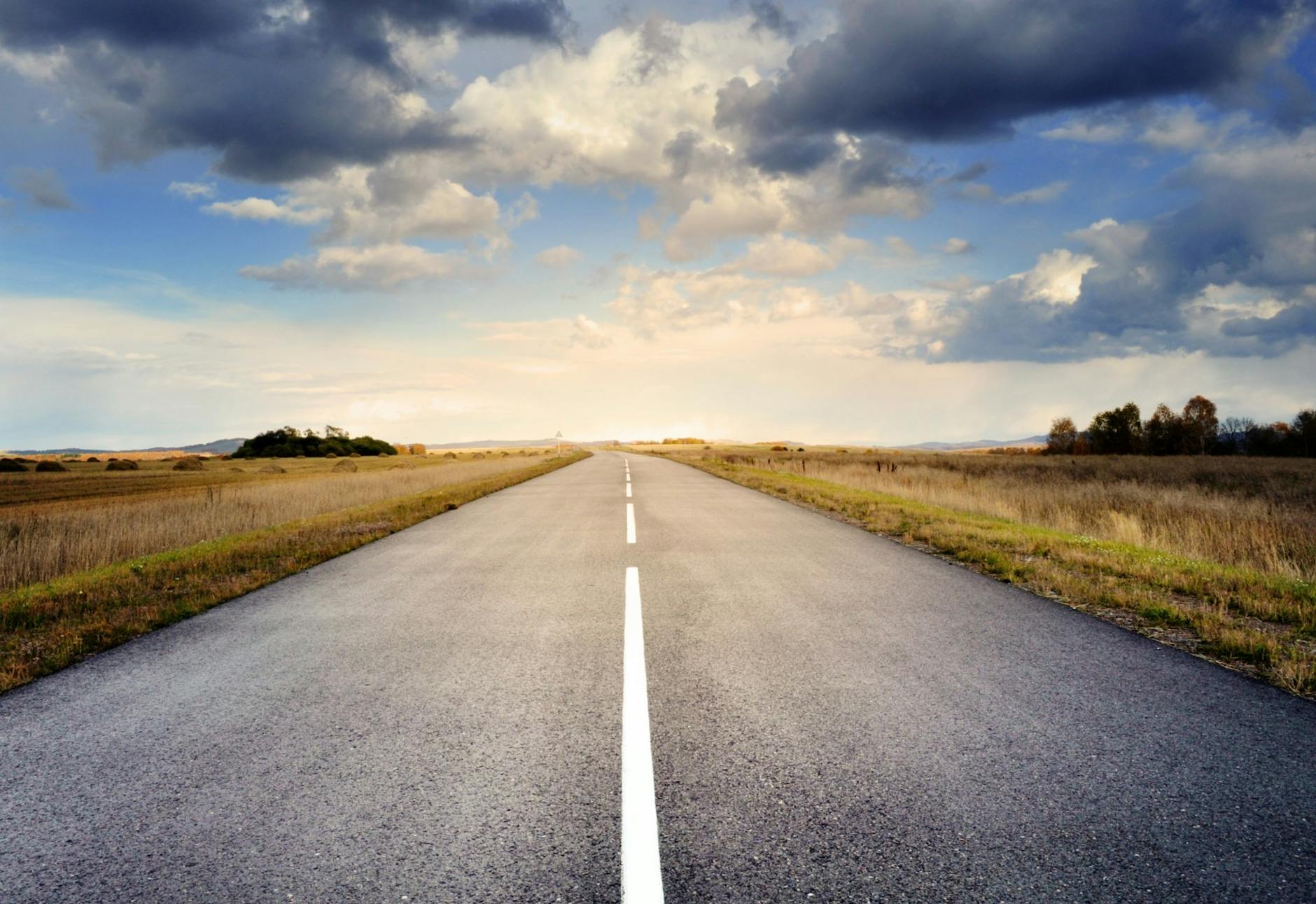Why Traveling in Australia can Enhance Your Understanding of Global Ecosystems

Australia's Unique Biodiversity
Australia stands as a treasure trove of unique biodiversity, offering numerous insights into the broader ecological tapestry that spans the globe. With its breathtaking landscapes and distinctive ecosystems, Australia serves both as a living laboratory for scientists and a veritable playground for wildlife enthusiasts. Embedded within the country's sprawling natural scenery is the Royal Botanic Gardens in Melbourne, where one can observe the rich tapestry of native plant life. This marvelous compilation provides a glimpse into the land's vast floral wonders, mirroring the diverse flora and fauna found throughout the continent.
Diverse Flora and Fauna
Exploring Australia's diverse flora and fauna reveals incredible adaptability and evolution. From the arid deserts to lush rainforests, Australia houses an array of species each uniquely adapted to its environment. This incredible diversity is akin to the variety one might encounter in south africa tours, where ecosystems brim with life and colour.
Endemic Species Exploration
Australia is home to a myriad of endemic species, many of which cannot be found anywhere else on earth. Observing these species offers insights into evolutionary paths and conservation strategies applicable far beyond its borders. This allure parallels what draws so many to machu picchu tours, wherein distinct archaeological sites and endemic wildlife create an unforgettable experience.
Conservation Success Stories
Over the years, Australia has become a beacon of conservation efforts, demonstrating how coordinated actions can reverse environmental decline. Programs have helped stabilize various species populations, showcasing the success that comes with sustained conservation endeavors. Whether visiting sustainable cafes in Fitzroy or renewable energy installations in Port Melbourne, one witnesses firsthand the strides being made towards a greener future.
Ecological Wonders to Explore
The Great Barrier Reef
Exploring Australia's natural beauty wouldn’t be complete without a visit to the Great Barrier Reef. As the world’s largest coral reef system, it offers a firsthand experience of extraordinary marine biodiversity. Home to countless species of fish, mollusks, and starfish, this living classroom deepens our understanding of aquatic life and the effects of climate change on fragile ecosystems. Just as Africa tours reveal the wonders of terrestrial wildlife, the Reef highlights the richness and vulnerability of life beneath the sea.
The Daintree Rainforest
A journey through the Daintree Rainforest reveals an ancient landscape rich in biodiversity. As one strolls beneath its lush canopy, there's the opportunity to witness some of the oldest plant species on Earth. The rainforest is not just home to unique flora but also rare fauna like the Southern Cassowary. These experiences provide insights into the complex relationships within rainforest ecosystems, enhancing one's wider ecological understanding.
Kakadu National Park
Kakadu National Park stands as one of Australia's ecological marvels, renowned for its breathtaking wetlands and rich biodiversity. This UNESCO World Heritage site supports a wide range of wildlife and plant habitats, while also offering insight into the vital role Indigenous cultures play in conservation. Much like some destinations featured in South American tours, Kakadu highlights natural resilience and adaptation, providing valuable lessons that extend far beyond Australia's borders.
Each of these ecological wonders parallels the sustainable cafes in Fitzroy that prioritize eco-friendly practices. Their commitment to sustainability, much like these natural sites, offers inspiration for those looking to integrate green practices locally and globally. As these examples show, Australia's natural landmarks serve as critical resources for fostering a more profound connection with the environment.
Filmmaking Opportunities
Capturing Exclusive Footage
Traveling across Australia presents a unique canvas for capturing exclusive wildlife footage. The diversity in landscapes—from the dense rainforests to the expansive deserts—offers opportunities to film rare animal behavior and plant life unseen elsewhere. The Royal Botanic Gardens in Melbourne not only provide a serene backdrop but also house a multitude of endemic species perfect for documenting local biodiversity. This is an opportunity to enhance your portfolio with recordings that showcase the distinct beauty of Australia's ecosystems—an experience as captivating and rare as those found on antarctica cruises.
Remote Location Challenges
Shooting in remote terrains is not without its hurdles. Accessing these pristine locations requires meticulous planning. Consider the logistics of your journey, including transportation and accommodation in places where facilities are sparse. Balancing tight budgets with the need for extensive travel can be a challenging aspect of wildlife filmmaking. Whether you are exploring rugged coastlines or the untamed outback, anticipation and preparation are crucial for a successful venture in an african safari.
Storytelling Through Landscape
Landscapes are not just backdrops; they play a crucial role in narrative development. Whether showcasing the rainfall patterns over Fitzroy or illustrating the ingenuity of sustainable cafes harnessing solar power in urban spaces, integrating these elements into your films can enrich storytelling. The contrast between untouched environments and urban sustainability initiatives highlights human impact and conservation efforts, striking a chord with environmentally conscious viewers.
Ecosystem Comparisons
Australian Ecosystems vs. Global Ecosystems
Australia’s ecosystems offer a unique lens through which we can compare global ecological structures. For wildlife documentary filmmakers and conservation enthusiasts, exploring distinct biomes from the arid Outback to lush rainforests provides a broader perspective. Understanding these environments allows for more insightful documentaries when set against expeditions like south america tours or an Africa safari.
Climate Zones Analysis
Australia features diverse climate zones that serve as ideal study sites for understanding the influence of weather patterns on ecological balances. These range from the tropical climates of north Queensland to the temperate zones in Victoria. Such diversity offers a rich tapestry of habitats and species interactions. In Melbourne, you can observe innovative urban sustainability practices and renewable energy solutions—paralleling studies seen abroad.
Human Impact Studies
Australia is a microcosm of larger global environmental issues. Human impact studies here reveal the immediate consequences of land development, water usage, and pollution on fragile ecosystems. These investigations contribute to a global understanding, making it easier to draw parallels with environmental changes observed in other continents. By examining both local practices in areas like Fitzroy's sustainable cafes and worldwide ecological challenges, it becomes evident that solutions often align in unexpected yet beneficial ways.
Overcoming Wildlife Filmmaking Challenges
Navigating Logistical Complexities
Embarking on a wildlife filmmaking journey in Australia presents unique logistical hurdles, from traversing vast, remote landscapes to coordinating with local authorities. In the Fitzroy area, just like ordering a latte at a sustainable café, timing is everything. Ensuring the safe transport of gear to locations such as the Royal Botanic Gardens requires strategic planning. Collaborating with local experts can help navigate permits and site access efficiently.
Adapting to Unpredictable Weather and Environments
Australia's diverse climates—like the mild temperatures of Melbourne compared to the tropical intensity of the Daintree Rainforest—demand a flexible approach. Monitoring weather patterns and having contingency plans are crucial when anticipating weather's impact on film schedules. Filmmakers should be prepared for everything from scorching heat to torrential rain, all while respecting conservation efforts in delicate environments. Think of it like planning solar installation timings in Port Melbourne; preparation is key.
Selecting the Right Gear and Equipment
Choosing the appropriate gear for wildlife filmmaking is akin to selecting the perfect tech for sustainable innovations. Durability and adaptability are essential when capturing the beauty of endemic species and expansive ecosystems. High-quality cameras that withstand harsh conditions, paired with lightweight tripods and protective casings, ensure success in the wild. Investing in eco-friendly power solutions, like harnessing solar energy, mirrors the ethos of living sustainably and filming responsibly.
Incorporating these strategies into your filmmaking endeavors not only supports the creation of compelling narratives but also contributes to your understanding of Australia’s rich tapestry of ecosystems.


